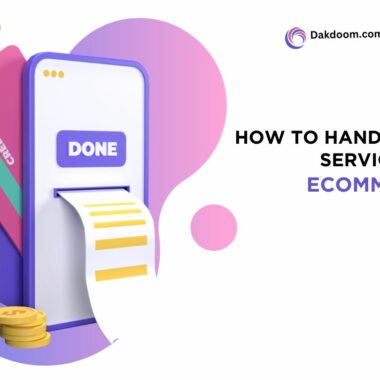SEO Strategies for eCommerce Websites
In today’s digital landscape, having a robust SEO strategy is crucial for eCommerce success. With countless online stores vying for attention, optimizing your website for search engines can help drive organic traffic, increase visibility, and ultimately boost sales. Here are some effective SEO strategies specifically tailored for eCommerce websites.

1. Keyword Research and Optimization
Start by identifying relevant keywords that potential customers use when searching for products. Tools like Google Keyword Planner, Ahrefs, or SEMrush can help you find high-volume, low-competition keywords.
- Focus on Long-Tail Keywords: These are more specific phrases that usually have lower competition, making it easier to rank. For example, instead of targeting “shoes,” aim for “women’s running shoes for flat feet.”
- On-Page Optimization: Use your primary keywords in key areas like product titles, descriptions, headers, and alt tags for images.
2. Create Unique Product Descriptions
Duplicate content can hurt your rankings. Instead of using manufacturer descriptions, write unique product descriptions that highlight benefits, features, and use cases. Aim for at least 300 words per product page to improve search visibility.
3. Optimize for Mobile
With an increasing number of shoppers using mobile devices, ensure your website is mobile-friendly. Google prioritizes mobile-first indexing, meaning it primarily uses the mobile version of your site for ranking and indexing.
- Responsive Design: Your website should adapt seamlessly to various screen sizes.
- Fast Loading Times: Optimize images and reduce unnecessary scripts to improve loading speed.
4. Improve Site Structure and Navigation
A well-organized site structure makes it easier for both users and search engines to navigate.
- Clear Categories: Organize products into relevant categories and subcategories.
- Breadcrumb Navigation: Implement breadcrumb links to help users and search engines understand the hierarchy of your site.
5. Utilize User-Generated Content
Encourage customers to leave reviews and ratings. Not only does this provide social proof, but it also generates unique content that can improve SEO.
- Review Plugins: Use tools that allow customers to easily leave feedback.
- Incorporate Q&A Sections: Allow users to ask questions about products, which can lead to additional content.
6. Optimize Images
Images play a crucial role in eCommerce, but they can also slow down your site if not optimized.
- Use Alt Tags: Describe your images with keywords in alt tags, making them accessible to search engines and users with disabilities.
- Compress Images: Use tools to reduce image sizes without compromising quality to enhance loading speed.
7. Build Quality Backlinks
Backlinks from reputable websites can significantly improve your site’s authority and ranking.
- Guest Blogging: Write guest posts for relevant blogs and include links back to your product pages.
- Partnerships: Collaborate with influencers and other brands to gain exposure and backlinks.
8. Implement Structured Data Markup
Using structured data (Schema markup) can help search engines better understand your content and improve how your site appears in search results.
- Rich Snippets: Implement schema for products, reviews, and pricing to enhance your listings with rich snippets, which can increase click-through rates.
9. Focus on Local SEO
If you have a physical location, optimize for local search by claiming your Google My Business listing and ensuring your name, address, and phone number (NAP) are consistent across all platforms.
- Local Keywords: Include location-based keywords in your content to attract local customers.
10. Regularly Monitor and Analyze Performance
Use tools like Google Analytics and Google Search Console to track your SEO performance.
- Identify Top-Performing Products: Focus on optimizing pages that generate the most traffic and conversions.
- Adjust Strategies Based on Data: Regularly review your analytics to refine and adapt your SEO strategies as needed.
Conclusion
Implementing these SEO strategies can significantly enhance your eCommerce website’s visibility and drive organic traffic. Remember that SEO is an ongoing process; regularly update your strategies based on market trends and consumer behavior. By staying proactive and informed, your online store can achieve lasting success.











